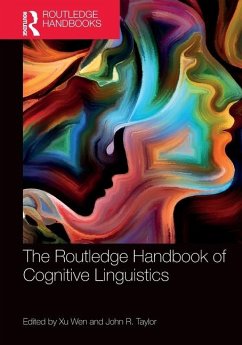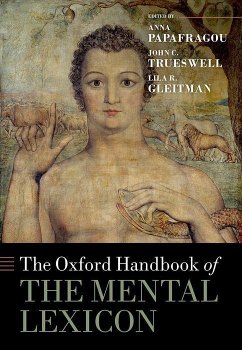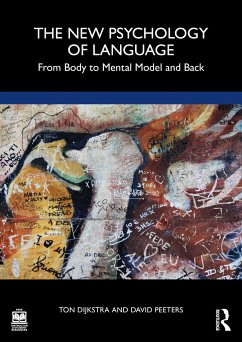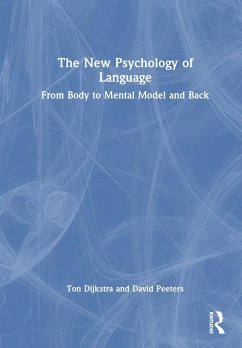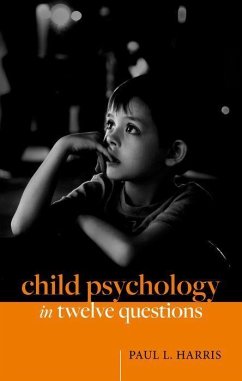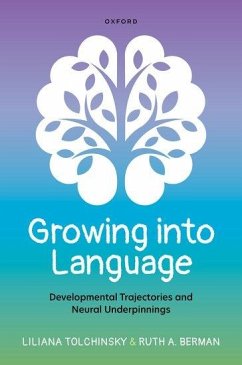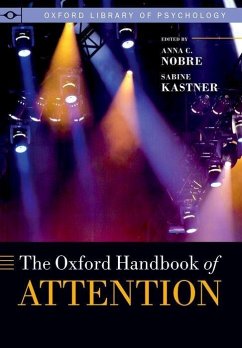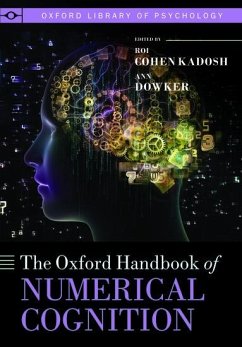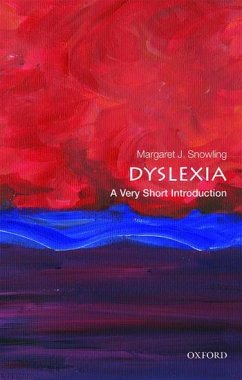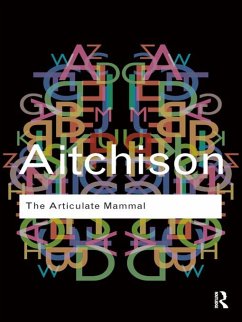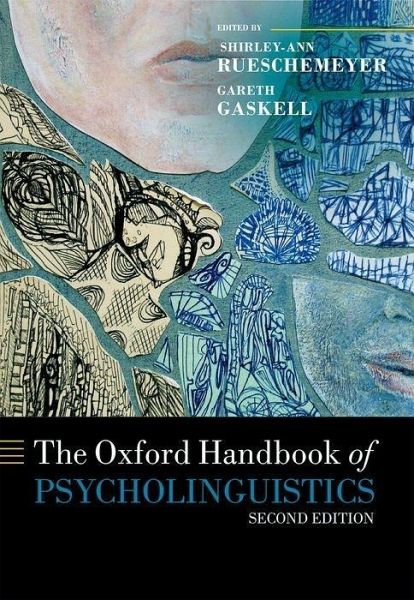
Gebundenes Buch
The Oxford Handbook of Psycholinguistics
Versandkostenfrei!
Versandfertig in über 4 Wochen

PAYBACK Punkte
80 °P sammeln!




With contributions from the fields of psychology, linguistics, cognitive neuroscience, attention, genetics, development, and neuropsychology divided into five themed sections, this new edition of The Oxford Handbook of Psycholinguistics is unparalleled in its breadth of coverage.
Shirley-Ann Rueschemeyer is an Associate Professor in Psychology at the University of York, UK. She received her first degree from the University of Regensburg in Germany. She completed her PhD at the Max Planck Institute for Human Cognitive and Brain Sciences, Leipzig, Germany, and spent several years as a research fellow at the Donders Centre for Cognition in Nijmegen, NL. Her research has focused on understanding the role of the social world in language comprehension, the neural correlates of language comprehension, and bilingual language comprehension. M. Gareth Gaskell is a Professor of Psychology at the University of York, UK. He received his first degree from Cambridge University, UK and was awarded a PhD from Birkbeck College, University of London, UK. Professor Gaskell has strong interests in both psycholinguistics and memory, with a particular focus on the interface between the two. He has developed a model of spoken-word recognition, and has studied written and spoken language perception and production across a wide range of languages. More recently he has explored the involvement of sleep in the process of learning and consolidating linguistic knowledge in adults and children.
Produktdetails
- Oxford Library of Psychology
- Verlag: Oxford University Press
- 2 Revised edition
- Seitenzahl: 1088
- Erscheinungstermin: 23. Oktober 2018
- Englisch
- Abmessung: 251mm x 175mm x 61mm
- Gewicht: 2230g
- ISBN-13: 9780198786825
- ISBN-10: 0198786824
- Artikelnr.: 52958258
Herstellerkennzeichnung
Libri GmbH
Europaallee 1
36244 Bad Hersfeld
gpsr@libri.de
Für dieses Produkt wurde noch keine Bewertung abgegeben. Wir würden uns sehr freuen, wenn du die erste Bewertung schreibst!
Eine Bewertung schreiben
Eine Bewertung schreiben
Andere Kunden interessierten sich für


